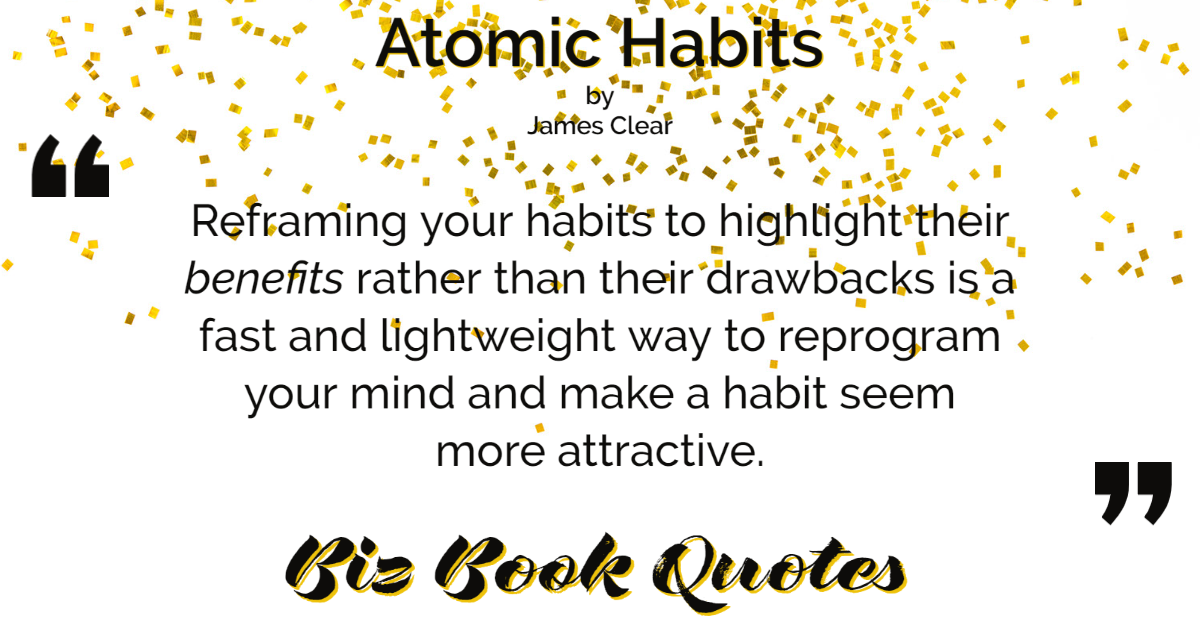 |
Reframing your habits to highlight their benefits rather than their drawbacks is a fast and lightweight way to reprogram your mind and make a habit seem more attractive.
|
131 |
 |
The ‘what’ describes the benefits that the product should give the customer… The ‘how’ is the way in which the product delivers the ‘what’ to the customer…
|
16 |
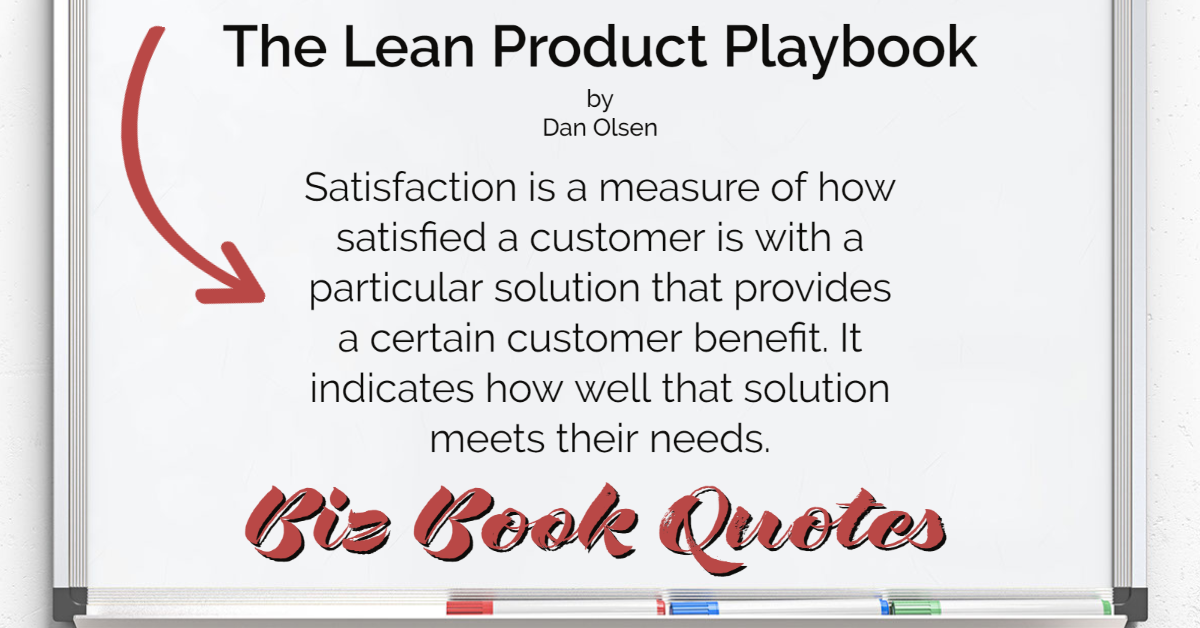 |
Satisfaction is a measure of how satisfied a customer is with a particular solution that provides a certain customer benefit. It indicates how well that solution meets their needs.
|
46 |
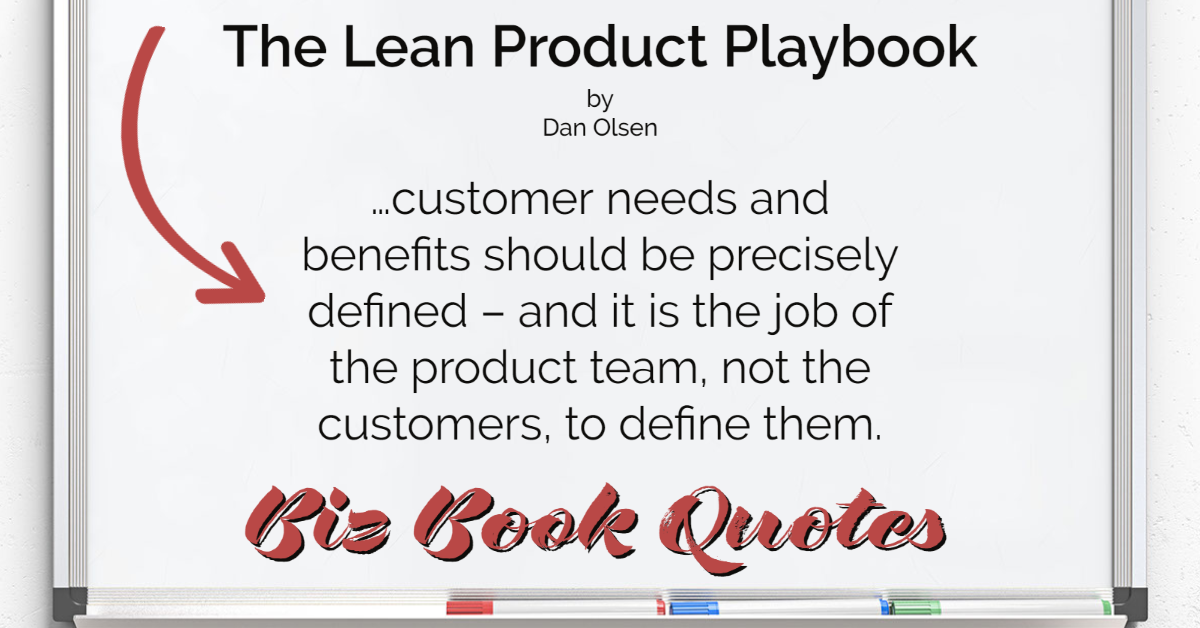 |
…customer needs and benefits should be precisely defined – and it is the job of the product team, not the customers, to define them.
|
58 |
 |
The core elements [of your value proposition] are the performance benefits on which you choose to compete and the unique delighters you plan to provide.
|
68 |
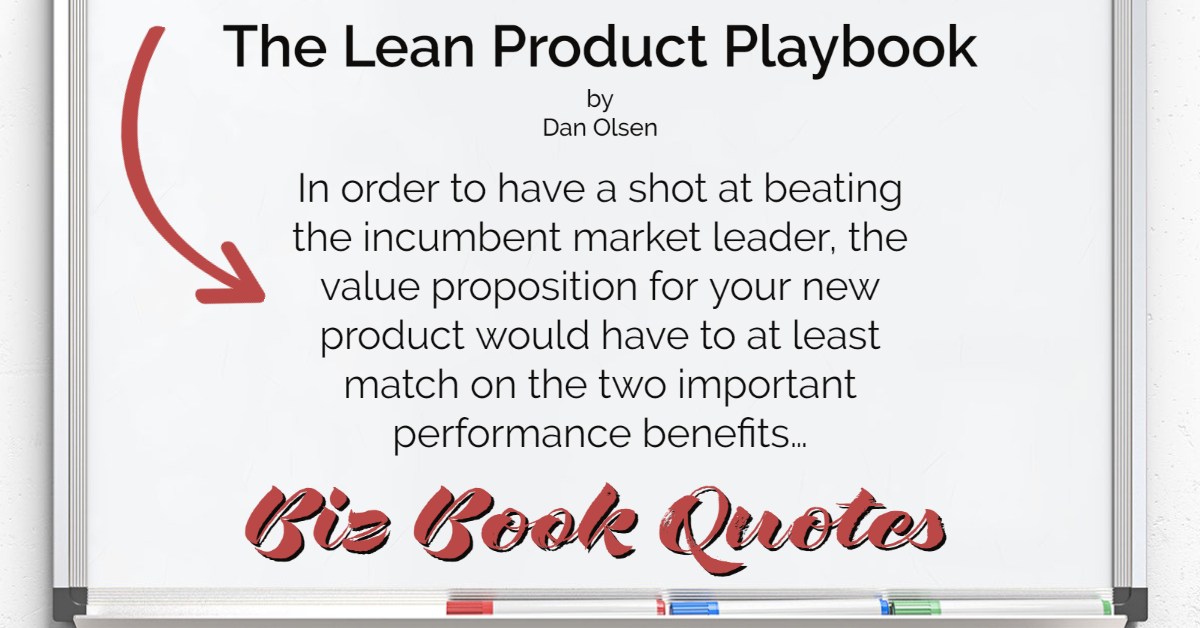 |
In order to have a shot at beating the incumbent market leader, the value proposition for your new product would have to at least match on the two important performance benefits…
|
71 |
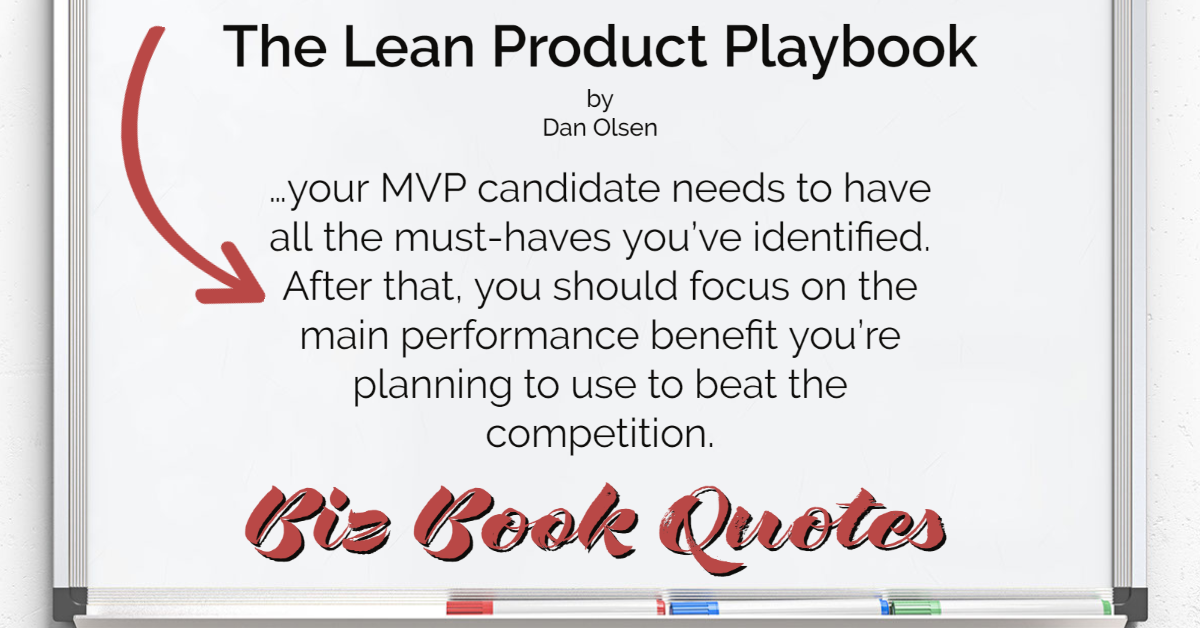 |
…your MVP candidate needs to have all the must-haves you’ve identified. After that, you should focus on the main performance benefit you’re planning to use to beat the competition.
|
86 |
 |
Great UX makes it easy for the user to realize the benefits that the product’s functionality offers… [and] also achieves a high degree of usability and delight.
|
112 |
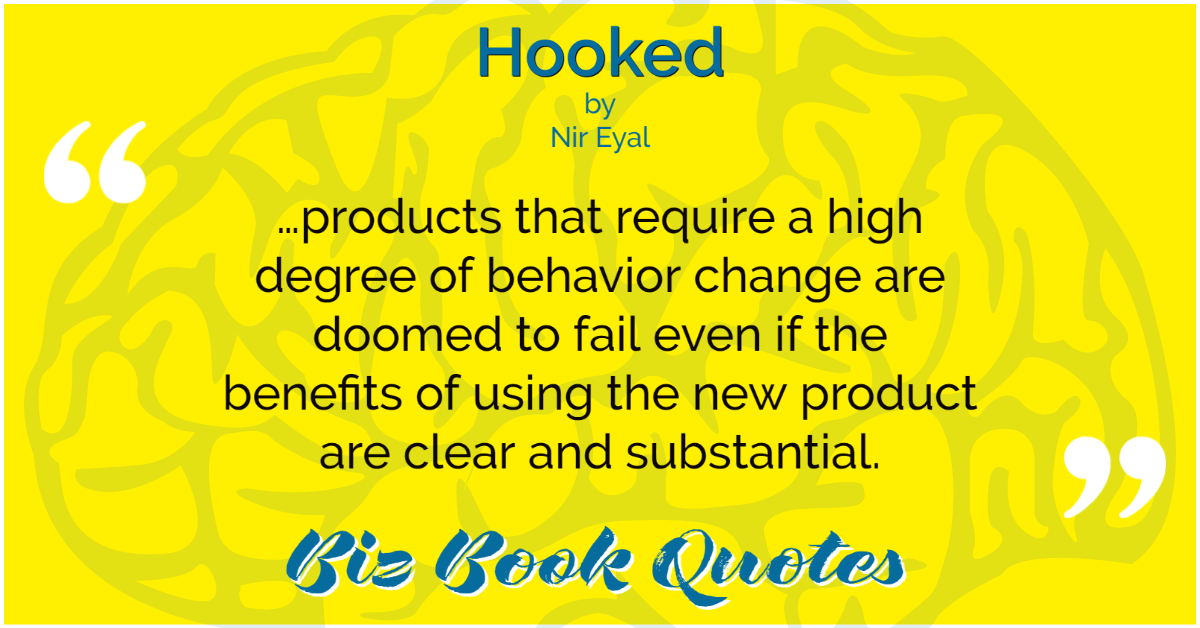 |
…products that require a high degree of behavior change are doomed to fail even if the benefits of using the new product are clear and substantial.
|
23 |
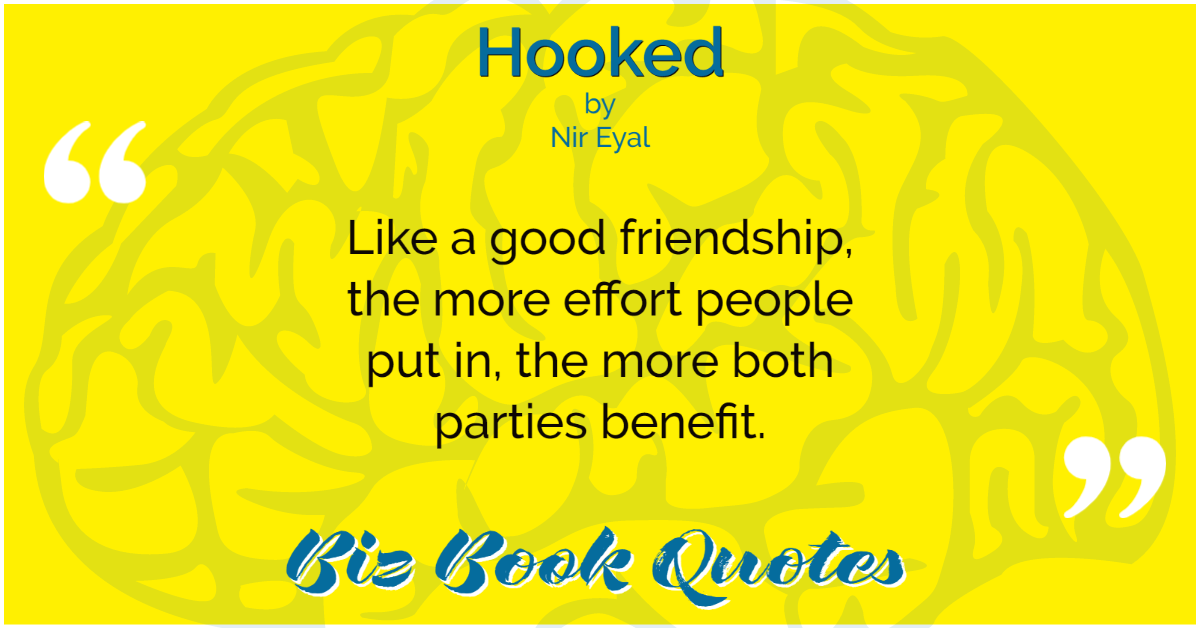 |
Like a good friendship, the more effort people put in, the more both parties benefit.
|
145 |